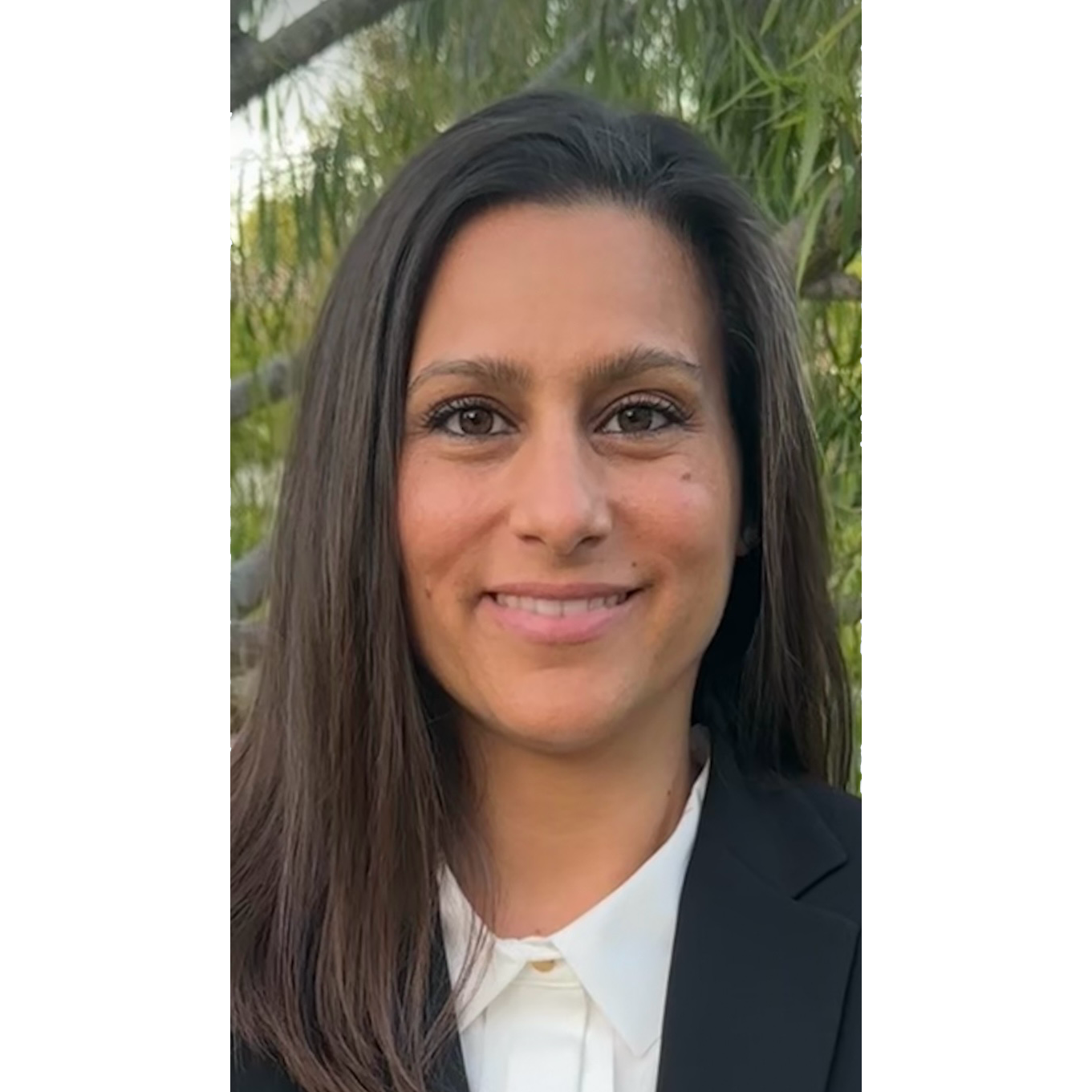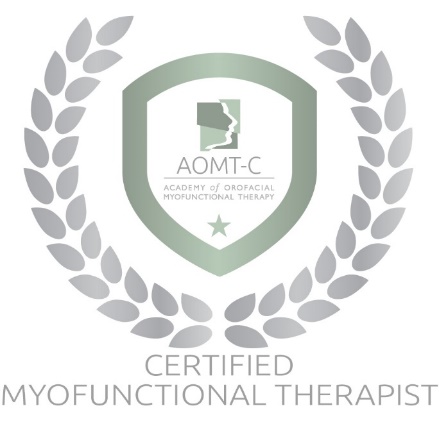Myofunctional therapy is a program of exercises that helps you stop oral and facial habits that can ruin your smile, change your appearance and sap your health. It retrains the muscles of your mouth, jaw and face, bringing them into harmony. And it instills new and positive habits to make sure those changes last.
“Myo” can help you:
-
STOP
a tongue thrust habit.
-
START
breathing through your nose instead of your mouth.
-
QUIT
thumb-sucking, nail-biting, lip/cheek-chewing or other poor habits.
-
OVERCOME
unsightly manners of eating and drinking.
-
IMPROVE
head-neck-body posture.
-
PREVENT
or correct Long Face Syndrome.
-
ESTABLISH
a harmonious oral environment.
-
BETTER DEAL
with issues such as speech problems, sleep apnea, snoring, digestion, clenching/grinding habits and TMJ disorders.

Do your face, mouth, and mannerisms signal a myofunctional disorder?
Contact OMT Health
Myofunctional Therapy
In-Person or Online
2660 Townsgate Road, Suite 450
,
Westlake Village, CA 91361

102 S. Catalina Street
,
Ventura, CA 93001

How long does a myofunctional therapy program take?
A traditional program takes place over a twelve month period, although treatment length may vary. There are three phases to therapy: the intensive phase, the habituation phase and the maintenance phase. Initially, visits are held weekly but move to monthly intervals as therapy progresses. For success in this therapy, consistent exercise every day is necessary until the patient has corrected their improper muscle pattern. It also requires commitment by the patient, family, and time. It is possible that your myofunctional therapy journey will include referrals to other professionals such as dentists, doctors, orthodontists, ENTs, sleep specialists, and osteopaths. These factors may change the length of your program, however, a holistic approach is essential for successful treatment. Often, one of these professionals will refer you for myofunctional therapy. If a thumb or finger sucking habit is present, it must be addressed and eliminated before treatment can commence. A habit elimination program can vary but is typically around thirty days.
What does myofunctional therapy treatment look like?
You will be given a therapy kit at the beginning of your program. Each visit you will receive a list of exercises to perform, some of which might include items from your kit, though many do not require extra materials. You are expected to complete exercises two times a day, with three times a day being encouraged. Orofacial myofunctional therapy is painless and the exercises are relatively simple.
How does myofunctional therapy impact orthodontics? Should myofunctional therapy occur before or after orthodontic treatment?
Orthodontics and Orofacial Myofunctional Therapy are closely related, with each directly impacting the other. Specialists in Orofacial Myofunctional Therapy promote a balance of the muscles and orofacial function as well as improving tongue posture thus aiding in maintaining orthodontic stability, helping to diminish orthodontic relapse after braces are removed. Each case must be analyzed and discussed by the professionals involved. Treatment might be indicated before, during, or after orthodontics.
What ages do you treat?
Myofunctional therapy is suitable from age four upwards depending on the maturity level of the child. Treatment around the age of seven or eight is ideal as oral habits are less ingrained and easier to change, which can encourage normal dental growth. Motivation and commitment are key to success.
Do you offer telehealth?
Yes. You have the option of being treated in person or via video conferencing. You can also opt for a combination of both if preferred.
What research is available?
Myofunctional Therapy is a relatively new field that is gaining recognition in the medical community. Research studies support the effectiveness of this discipline. Listed below are links to studies which show the significant impact of myofunctional therapy treatment.
You can find more information below:
Orofacial Myofunctional Therapy (OMT), more commonly referred to as myofunctional therapy, is related to the study, research, prevention, evaluation, diagnosis, and treatment of functional and structural alterations in the region of the mouth (oro), face (facial), and regions of the neck (oropharyngeal area). The purpose of therapy is to assist the normalization of the developing, or developed, craniofacial structures and function through neurological re-education exercises.
OMT treats Orofacial Myofunctional Disorders (OMDs), which are disorders of the muscles and functions of the face and mouth. An OMD is a pathological condition created by disruption in the functions of the stomatognathic system, primarily functions related to chewing, breathing, and swallowing. OMDs may affect, directly and/or indirectly: sleep apnea, facial skeletal growth and development, breathing, chewing, swallowing, speech, occlusion, posture, temporomandibular joint movement, oral hygiene, stability of orthodontic treatment, facial esthetics, restricted facial and lingual frenum, forward head posture, incorrect oral habits and more.
There are 32 identified Orofacial Myofunctional Disorders. Click on each condition to learn more about the disorder, how myofunctional therapy helps, as well as pictures of what can happen if left untreated.





